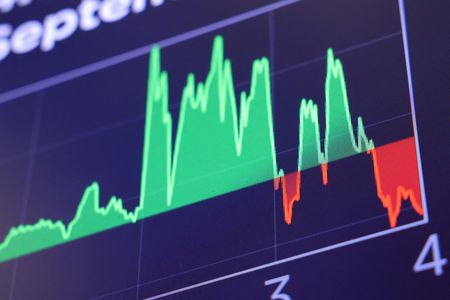By Alexander Winning
JOHANNESBURG (Reuters) -South Africa’s consumer inflation rose to 5.9% year on year in March from 5.7% in February, data from Statistics South Africa showed on Wednesday, driven mainly by fuel on the back of higher oil prices because of the war in Ukraine.
The increase in the headline number was slightly below analysts’ forecasts for 6.0% annual inflation, as food prices which have also been affected by the Russia-Ukraine conflict rose slightly less in March than in February.
March’s month-on-month consumer inflation was 1.0% compared with 0.6% in February, in line with economists’ predictions.
The March figures mean inflation remained just within the central bank’s 3%-6% target range, at a joint five-year high along with December’s reading.
Research firm Capital Economics said inflation would probably remain close to the top of the bank’s target before dropping back more markedly towards the end of the year.
“Despite a temporary cut in the fuel levy in April and May, we think that fuel inflation will stay elevated. Similarly, food inflation will remain high as well,” it wrote in a research note, adding that it saw the South African Reserve Bank (SARB) continuing with its gradual tightening cycle in May.
The SARB has raised its main lending rate at each of its last three monetary policy meetings by 25 basis points to combat price pressures.
Last month the SARB cited inflation risks linked to the Ukraine war for its decision and said inflation was forecast to breach its target band in the second quarter.
Stats SA data on Wednesday showed core inflation, which excludes prices of food, non-alcoholic beverages, fuel and energy, rose to 3.8% year on year in March from 3.5% in February, and to 0.8% month on month from 0.5% previously.
(Editing by Estelle Shirbon and Shailesh Kuber)











